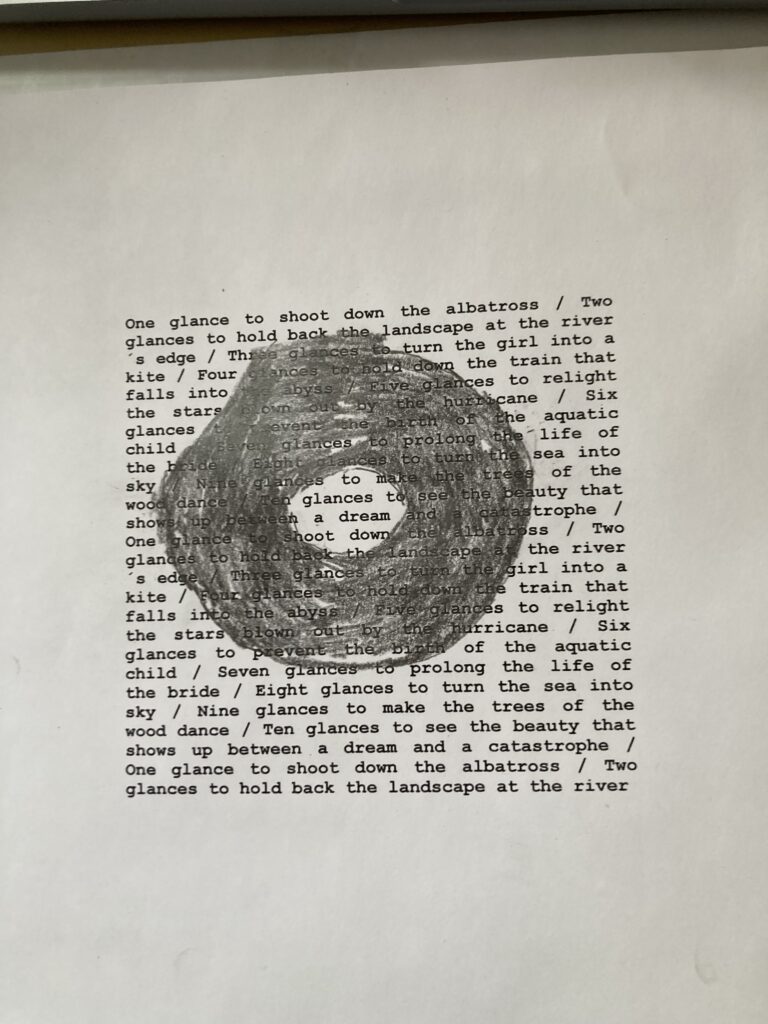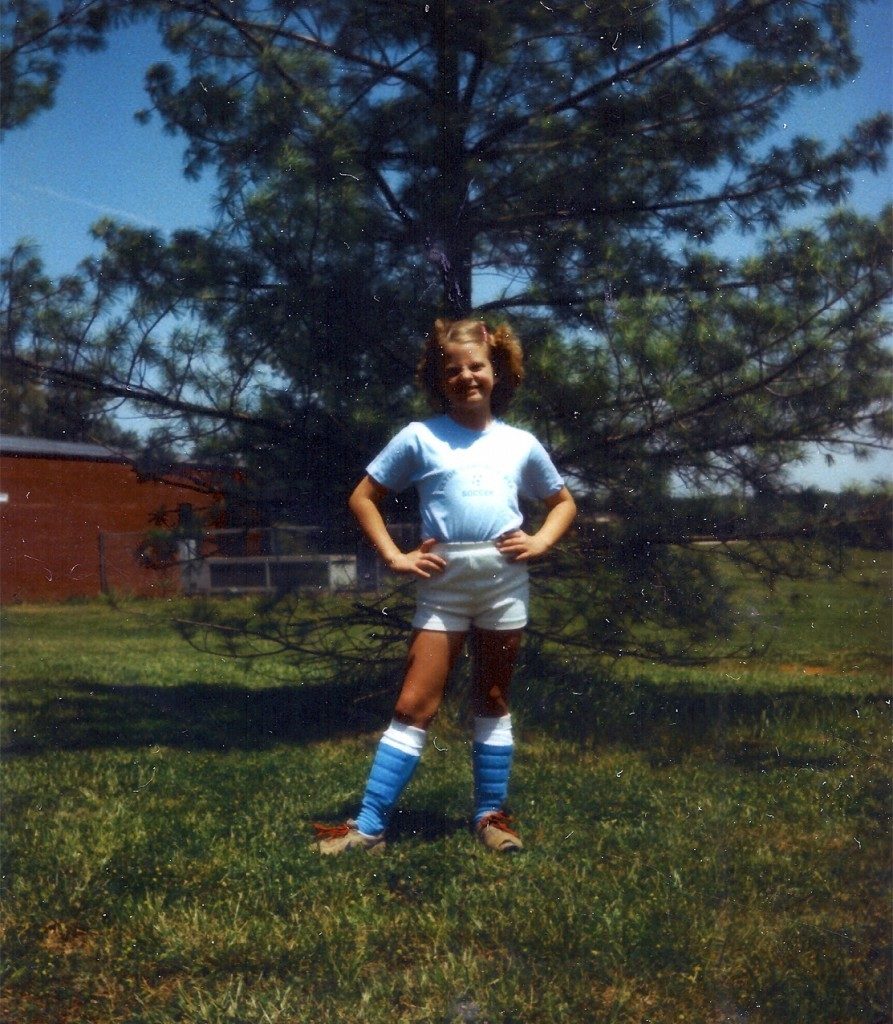4.25 miles
minnehaha falls
33 degrees
10% slick ice
Great weather for a run. Only needed one pair of gloves and no jacket. For the first mile, I didn’t encounter anyone, but as I neared the falls, more walkers and runners. I tried to greet everyone I encountered with a wave or a good morning. There was some ice, but I only slipped once or twice. The creek was flowing and I could hear the falls falling behind the thick ice columns. Running up the hill and on my way out of the park I heard voices below in the part of the park that is both the bottom of a massive sledding hill in the winter and a wading pool in the summer.
On my way home, I stopped at the bench above the edge of the world and admired the open view to the river below and the other side. Beautiful. Heard more people down below, on the winchell trail.
late night blind spot revelations
Last night, another thought: I’d like to take a break from structured writing that is shaped by a larger project. Time to experiment more instead. Also: time to add to my “How to Be” project, do my year-end summary, and edit my writing experiments list. Oh — and read some more of the poetry books I bought this year.
Discovered this poem the other day and wanted to remember it, especially for how it incorporates research about lichens into the poem:
The Lichens/ Talvikki Ansel
Crinkly-thin, the perfect marriage of algae and fungi,
furbelowed and curled.
venerable ancestors: strange as vellum,
an onion poultice, leather jerkin
Johann Dillen’s portraits of 1741:
the ‘Strange Charactered Lichen, Black Dotted Wrinkled Lichen,
Leprous Black Nobb’d Lichen,
Crawfish Eye-like Lichen.’
the youngest occupy a wicker couch,
eavesdrop on the aunties’ tales, wonder
why so aged-looking, their skin?
‘Wanderflechten’—those who traveled
on deer’s hooves, birds’ feet, hot air balloon baskets over arid land.
travel’s allure, the turquoise ring, scarab bracelet
Those who embraced the seductions of moths’ wings,
gave their bodies to the hungers
of the ‘Brussels Lace Moths, Beautiful Hook-Tips, the Dingy Footman.’
when can we stay out past dawn?
Lichens who gave sustenance, grew thin,
flailed against famine,
lichen packed in the bodies of mummies.
these have an aura, a blue-mauve cloud
we can’t imagine the ribs’ furrows
Erik Acharius, 1808, the “father of lichenology,”
fastens samples onto herbarium sheets,
lichens’ filaments and flakes suspended.
nice—but not our father, who is spores and fragments
A thin cord anchors lichens to rock,
small bits chip off, wear of paw pad and fur,
take hold elsewhere.
we hear the wind caressing bark
Lichens swept up by grazing reindeer,
hot breath devouring, rub of meaty tongues,
meat toxic to herders—
radioactive fallout the lichens never meant to harbor.
ghostly stalks of trees, an ashy forest
we can barely look
A single spruce hosts a rare green and red-lobed lichen.
the odd one out, the one no one ever set eyes on
Lichens in the armpits of marble statues
differentiated from lichens on the thighs,
eaten by snails on moonless nights.
moonglow,
something we don’t know here, no one’s talking
A hummingbird’s nest, its outer layer
shingled gray-green with lichen flakes, a point of pride, see—
how beautiful they were, and useful.


